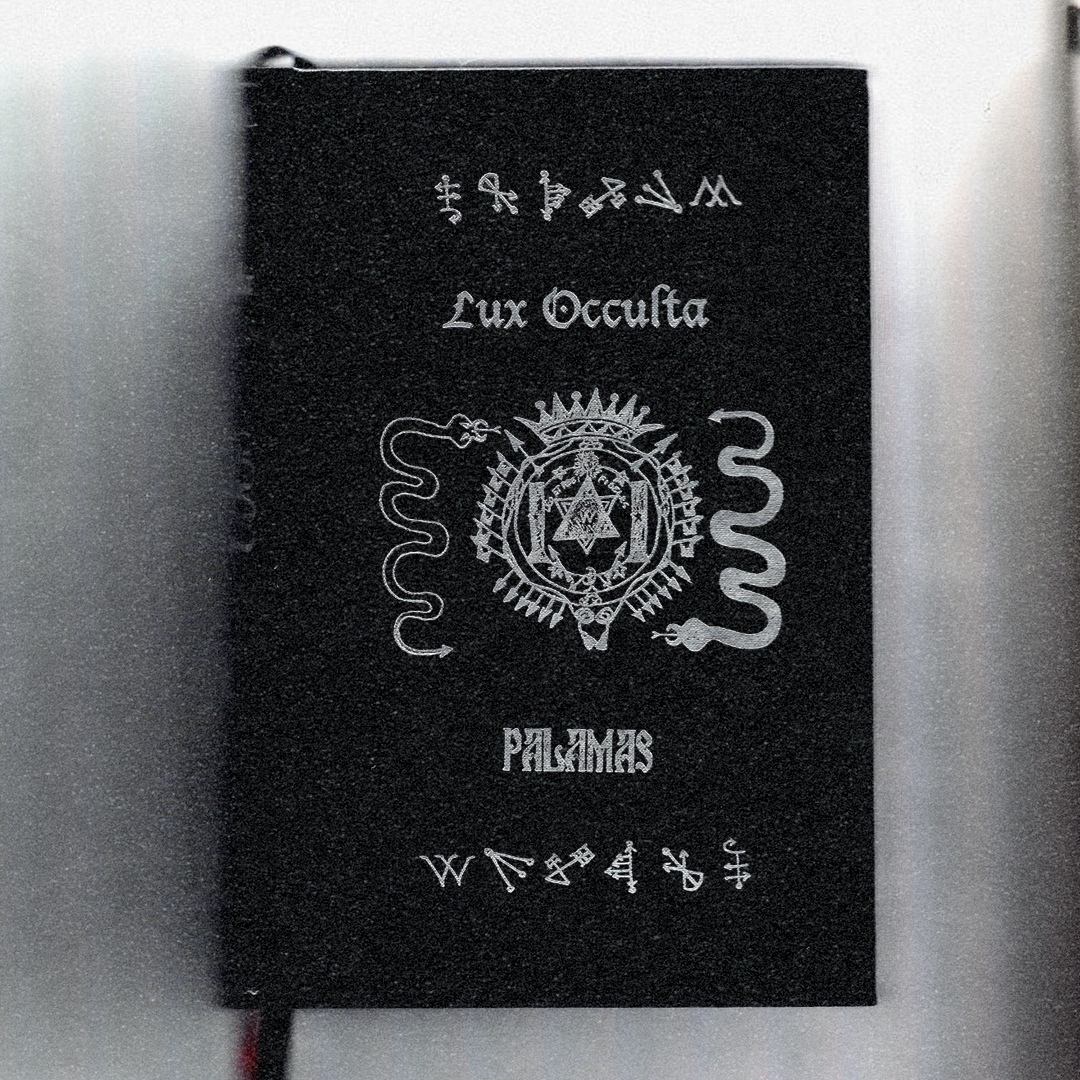Salitter Workings Selections for Avery Z. Nelson's "Lunar Anus"

If the solar phallus is the incandescent Will, to behold the world in front of you and endeavor to mold it, is the solar anus then the drive motivating Antonin Artaud's Heliogabalus, the royal androgyne who embodies the sun, who seeks to level all structures and institutions into anarchic sensation?
Surely the moon isn't the opposite of the sun, but its partner in syzygy; a system of two components that reveals itself while viewing particular cross-sections of our reality. The light it gives is the sun's own, refracted - if the solar works exoterically, then maybe the lunar points inward. The lunar phallus could form as the drive of self-initiation, rising to become the psychic sexual beings Vilem Flusser envisions in Vampyroteuthis Infernalis (vampire squid from hell, then the lunar anus as the journey of Angela of Foligno (saint of the double abyss), her excruciating mystical self-annihilation to find herself in the finally infinite love of God as an absolute void.
I'm worried I have it backwards though.
Honestly, Bataille's explanation of all this didn't work well for me. I've been working from the sexual metaphysics outlined in the second (16-month) year of Michael Bertiaux's occult correspondence courses, written as Master Aquarius of the Monastery of the Seven Rays. This model conceives of form as masculine and content as feminine; reality itself, then, being entirely feminine and the ideal being masculine, essences being masculine and substances being feminine. 'Bisexual' is used as much to denote the gender of a process as its sexual orientation. I felt this kaleidoscopic view of sex/gender/reality/fantasy was lot more correct, or at least more desirable, than endless firing pistons.
I also can't really get hung up on "is it (x) really masculine? surely it's more feminine to ..." if by the end everything is so woven together that any given original nature is a matter of bookkeeping.
After Comments on the Society of the Spectacle, Debord's perceptive and grim assessment of the Spectacle's advancement since May 1968, Debord retreated with his partner Alice Becker-Ho into deep reclusion, spending the next 20 years working on and playing A Game of War, the board game he viewed as his masterwork. Similarly, the radical literary critic Laura Riding - here represented by her anti-canonization polemic A Pamphlet Against Anthologies - lost her faith that poetry had the potential to redeem humanity and vanished with her husband to a shack in Florida where after 36 years of contemplating perfect communication she released The Telling, to - essentially - silence. Which also accompanied the posthumous release of Rational Meaning, the fuller realization of the 50-plus years invested into the effort.
Like with Angela of Foligno, this cycle happening to those I admired left me unconfident in finding a distinction between pursuit of the most important thing one can imagine and a process of self-annihilation. Stressful. Is any process of pursuing increasingly lofty goals fated to end up in this Icarus death-spiral?
Good news: the narrator in Lispector's The Passion According to G.H. experiences her metaphysical annihilation after accidentally closing a cockroach in a door. These things can just happen. A sudden thrust inward into a protean state of potential. Or a gradual sinking, as in Anna Kavan's Sleep Has His House. In Lessing's Briefing For a Descent Into Hell, the comatose protagonists' unstable identity cinematically witnesses a Girard-like origin of Evil, then builds himself to lead a charge against it; but in Hilst's The Obscene Madame D, our heroine skirts the rim of an Angela/Debord/Riding annihilative abyss whose existence she is conspicuously doubting of, but able to continually radiate artistic production while doing so.
Bertiaux also says: "THAT WHICH IS BEYOND IS WITHIN, JUST AS THAT WHICH IS WITHIN IS BEYOND".
All dives to the center needn't be so annihilating. To finish off, I've been fixated on the followers of the enigmatic mystic of the 1700s, Martinez de Pasqually. Viewing the angst of existence through the specifically Abrahamic perspective of having a vile body, his retelling of cosmological and human origins (Treatise on the Reintegration of Beings) has Adam creating Eve himself, in defiance of God. Adam's horror at Eve's non-divine body - a body identical in nature to the ones us humans have - leaves him sobbing for forgiveness of his transgressions. Pasually's God instead forces Adam to have nightmares of Eve's body.
Pasqually's followers, the freemasonry-inspired Order of Knight-Masons Elect Priests of the Universe, engaged in highly disciplined conduct, performing operations to train as elite exorcists, and theurgically reunite their minds and bodies with God. These operations are outlined in The Green Book of Elus Coens; and Tau Palamas (himself a student of Michael Bertiaux) extensively re-engaged with the Coens tradition, constructing his own variants and elaborating his experiences of gnosis in the gorgeous Lux Occulta.
Selections
- Antonin Artaud, Heliogabalus
- Vilem Flusser, Vampyroteuthis Infernalis
- Angela of Foligno, Complete Works
- Michael Bertiaux / Master Aquarius, Monastery of the Seven Rays, Year Two
- Anna Kavan, Sleep Has His House
- Hilda Hilst, The Obscene Madame D
- Clarice Lispector, The Passion According to G.H
- Edmond Jabès, The Little Book of Unsuspected Subversion
- Doris Lessing, Briefing for a Descent Into Hell
- Alice Becker-Ho, Guy Debord, A Game of War
- Laura Riding, A Pamphlet Against Anthologies
- Laura (Riding) Jackson, The Telling
- Martinez de Pasqually, Treatise on the Reintegration of Beings
- Tau Palamas, Lux Occulta
- The Green Book of the Elus Coens
